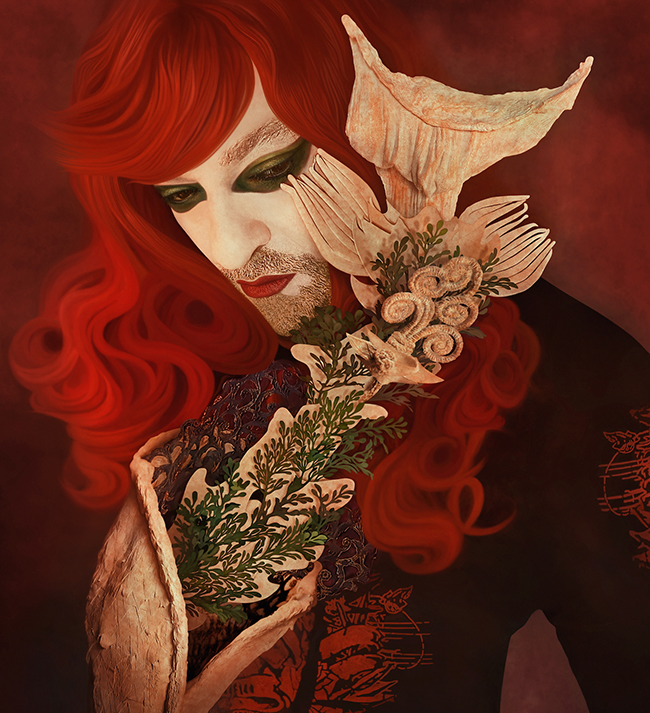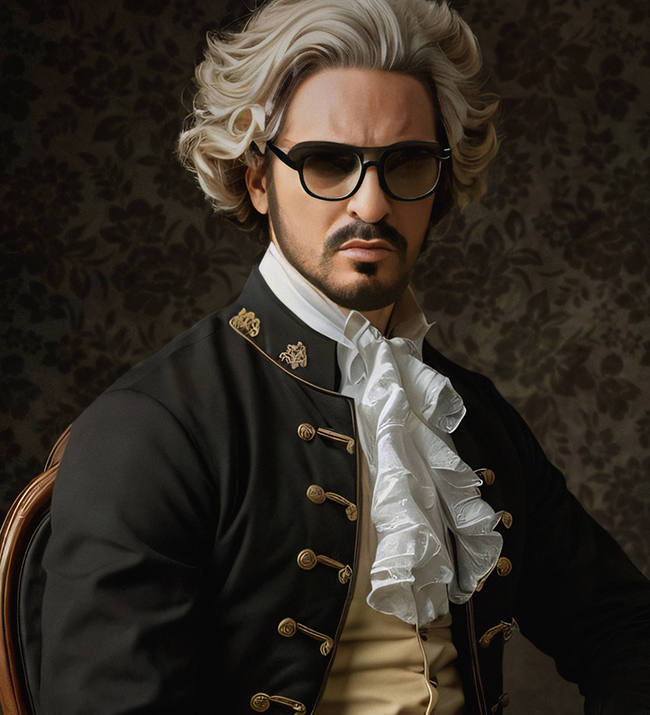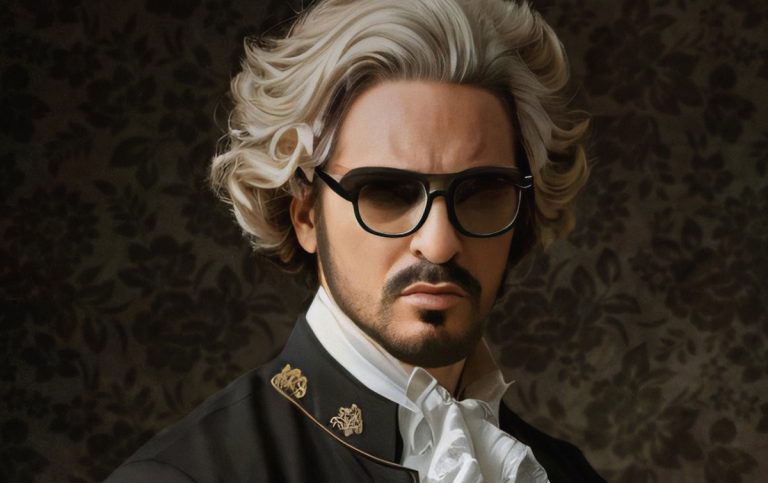Born in Montreal, Canada, in 1964, Adamo Macri is a multimedia artist whose work transcends traditional boundaries. Graduating from Dawson College with a background spanning commercial art, graphic design, photography, art history, and fine arts, he has carved a distinctive place in the art world. Though sculpture remains central to his practice, Macri’s artistic language expands into photography, video, painting, and drawing—each medium a means to explore transformation, identity, and perception. His approach is not about aesthetic comfort but the excavation of experience, often revealing what exists beneath the visible surface. Macri’s art feels like a quiet descent—a journey inward to confront the unspoken, the feared, and the unseen. His works carry a psychological weight, echoing with themes of isolation, rebirth, and the fragile interplay between beauty and dread.
Mariana Trench (2025)

Medium: Photography
Size: 76 x 84 cm
With Mariana Trench, Macri dives into the unfathomable—a descent into both geological and psychological abyss. The title references the deepest oceanic trench on Earth, located in the western Pacific Ocean, descending 11 kilometers into near-total darkness. Yet the photograph transcends its literal subject; it becomes a mirror of existential tension. Macri imagines a realm where organic life mutates into something beyond comprehension—“Abyssalisian sapiens,” humanoid beings with glowing scales and eel-like creatures that flicker in and out of perception. The work channels primal fear, curiosity, and wonder, inviting the viewer to imagine what thrives in places where human presence disintegrates.
This imagery isn’t rooted in fantasy—it stems from the artist’s confrontation with his own fears. Macri admits to claustrophobia, a dread of caves, elevators, deep water, and confined spaces. In Mariana Trench, those anxieties surface as a dialogue between terror and fascination. The deep sea, for him, is not merely a geographic site but a metaphor for the subconscious—a space where pressure builds until identity begins to dissolve. The extreme conditions of the trench parallel emotional thresholds, places within the mind that few willingly enter.
There’s also a moral undertone: even the deepest corners of the planet bear the trace of human pollution. Macri reminds us that a plastic bag—the most mundane object—has been found 10,975 meters down in the trench, now the world’s deepest known piece of trash. The juxtaposition of sublime nature and human waste transforms the work into quiet ecological mourning. The ocean, like the psyche, absorbs everything—beauty, trauma, and debris.
References to Queen Mariana of Austria and Velázquez’s 17th-century portrait of her add another layer. The historic and the biological intertwine; the human impulse for grandeur and control meets the ocean’s crushing anonymity. Macri’s imagined creature—genderless, adaptive, and otherworldly—symbolizes both transcendence and mutation. It stands as a counterpoint to the aristocratic stillness of Velázquez’s queen, replacing ornament with survival, identity with adaptability.
The work ends in reflection. Macri writes of human delusion—our insistence on distinguishing between the “real” and the “surreal.” For him, those categories blur. The unseen worlds we dismiss as fantasy may be closer to truth than the surfaces we cling to. Mariana Trench captures that realization: beauty existing in pressure, life persisting where none should, and reality bending under its own depth.
Adieu Henriette (2025)

Medium: Photography
Size: 76 x 84 cm
If Mariana Trench examines terror and transformation, Adieu Henriette turns toward love and loss. The title evokes Giacomo Casanova’s greatest heartbreak—his brief yet profound affair with a woman known only as Henriette. Unlike the typical myth of Casanova as a relentless seducer, Macri’s work fixates on the reversal: this time, she leaves him. That moment of rupture—the awareness that affection can end abruptly, that desire fades—becomes the photograph’s emotional axis.
Macri isn’t illustrating history; he’s reanimating an emotional truth. The story of Henriette, an educated and independent woman fleeing an unhappy marriage, parallels themes of confinement and escape found throughout his work. Her decision to end the affair reverses power dynamics, shifting the lens from conquest to vulnerability. What lingers isn’t the romance itself, but the quiet aftermath—the stillness after departure, the lingering echo of connection lost.
The piece borrows from Casanova’s own imprisonment under “The Leads,” the Venetian prison reserved for the privileged and the damned alike. That imprisonment—physical and psychological—becomes a metaphor for emotional captivity. Adieu Henriette captures that paradox: liberation achieved through loss, freedom found in heartbreak.
Macri threads this historical narrative into a modern psychological landscape. The photograph’s atmosphere suggests longing suspended in time—a visual sigh between memory and imagination. It’s about the moment realization strikes, when one recognizes that love has become a ghost. The muted tones, controlled composition, and almost ceremonial stillness reflect both mourning and acceptance.
Like much of Macri’s work, Adieu Henriette resists sentimentality. It isn’t about nostalgia but awareness. He reminds us that love, like identity, is transient—constructed, dismantled, and rebuilt in cycles of intimacy and detachment. The farewell to Henriette becomes a universal gesture of parting, a mirror of our own private goodbyes.
In both works, Mariana Trench and Adieu Henriette, Adamo Macri navigates the invisible—whether buried deep in the ocean or within the human heart. His art dwells in spaces of pressure, solitude, and transformation, showing us that the most profound beauty often lies in the darkness we fear to face.

